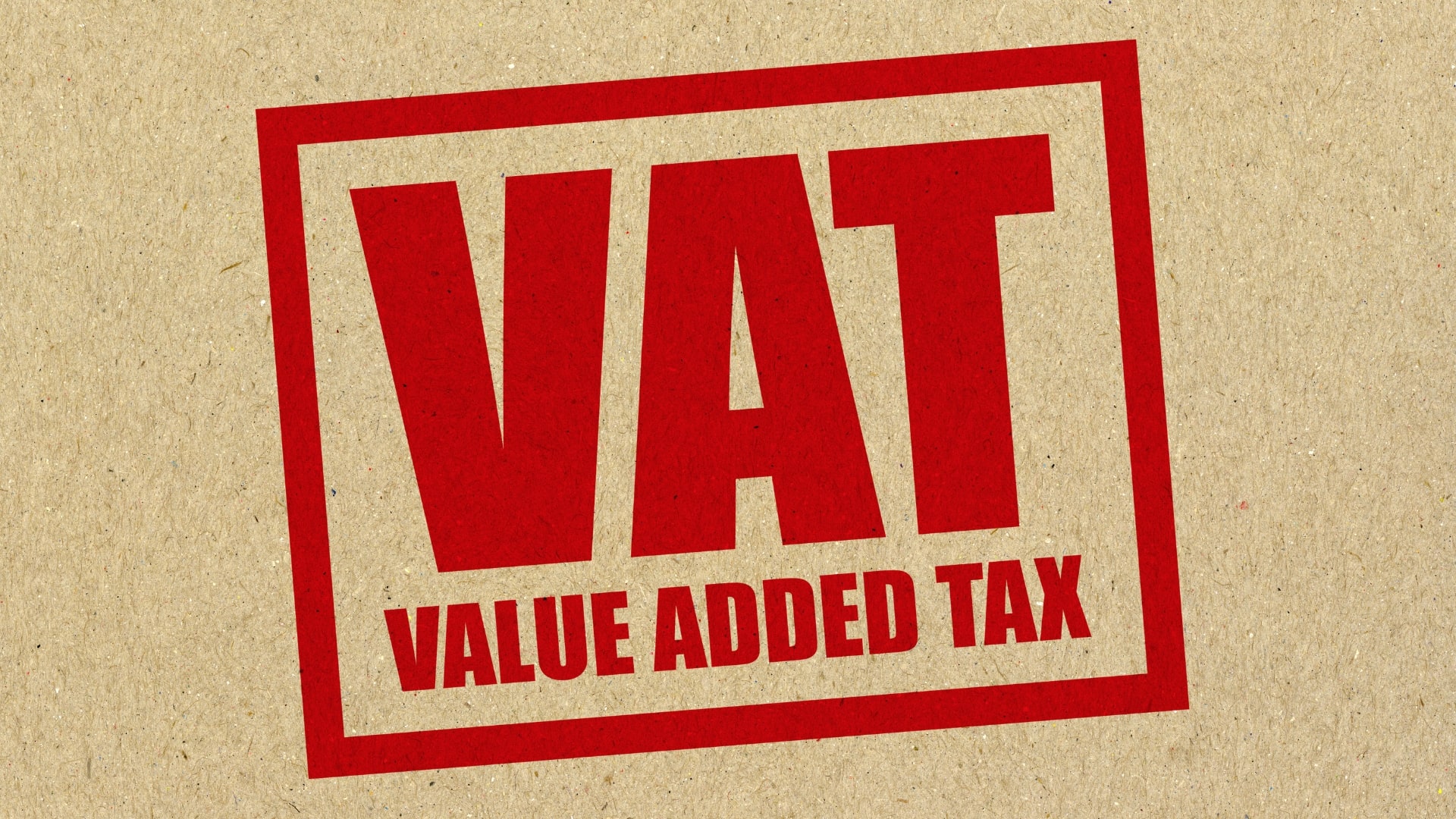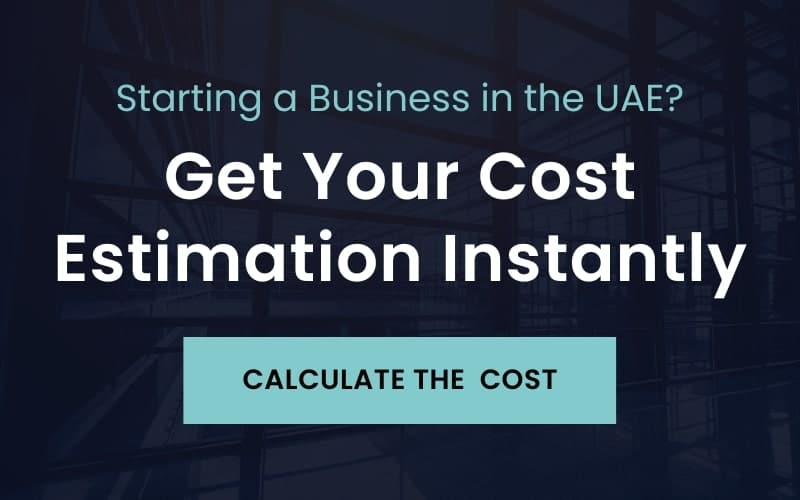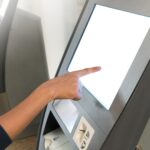News & Articles
VAT Free Zone in UAE

The United Arab Emirates (UAE), with its strategic positioning, has always been a beacon for businesses and entrepreneurs globally. Among its various accolades, the free zones stand out, shimmering with promise and potential. But the introduction of Value Added Tax (VAT) in 2018 sprinkled a new layer of fiscal intricacy over this landscape. To understand these complexities, it’s essential to delve deep into the realms of VAT free zone.
- TABLE OF CONTENTS
VAT Free Zone in UAE
Grasping the Concept of Designated Zones
In the vast business terrains of the UAE, it’s crucial to draw a line between the general free zones and what the VAT legislation labels as “Designated Zones”. While free zones abound in the UAE, catering to diverse sectors, a select few have the unique distinction of being termed “Designated Zones” for VAT. These designated areas are seen, in VAT’s eyes, as being outside the UAE’s customs territory, a distinction that makes them quite singular.
Characteristics of VAT Designated Zones
The UAE Federal Tax Authority (FTA) has clearly marked the boundaries of what defines a designated zone. The distinguishing features of these zones can be mapped out into three primary characteristics. First, they are fenced-off areas, indicating a heightened level of security, ensuring the movement of goods is under constant surveillance. Secondly, they operate under custom controls, meaning every individual, every item moving in or out, is monitored meticulously. Lastly, these zones have a unique set of procedures they adhere to, ones that set them apart from the rest of the UAE, especially for VAT considerations.
VAT Implications Within Designated Zones
A common misconception might lead one to believe that all activities within designated zones are free from VAT. But the actual scenario is layered. For instance, the movement of goods within these zones doesn’t attract VAT as long as they’re not considered ‘consumed’. However, services, even if rendered within the precincts of a designated zone, aren’t spared and bear the standard VAT rate. Further complicating this is the situation where goods make their journey from a designated zone into mainland UAE. Once this transition happens, VAT comes into the picture, emphasizing the importance of businesses being vigilant and keeping track of such movements.
The Bright Side for Businesses
For businesses operating within these zones, there’s a silver lining. The framework designed for designated zones offers a couple of noteworthy advantages. One of the primary benefits is the deferred VAT payments. Goods in the zone aren’t ‘consumed’ immediately and thus businesses can enjoy a delay in VAT payments until the goods find their way out of the zone. This naturally leads to the second advantage: improved cash flow. With VAT payments on hold, businesses can streamline and better manage their cash flows.
How Can Choose UAE Help
Treading the maze of VAT regulations, particularly when combined with the complexities of free zones, can be daunting. This is where Choose UAE steps in, ready to guide and assist. Our team is equipped to offer in-depth consultations, ensuring you fully grasp how VAT reshapes your operations within designated zones. Recognizing that every business is an entity with its distinct requirements, we craft VAT strategies that fit your business model like a glove. Furthermore, with laws that are in a state of flux, we ensure that your business stays in line, compliant with the latest in UAE VAT regulations. If you’re about to embark on a journey in the designated zones and the VAT terrains seem treacherous, let Choose UAE be your guide. Connect with us today for bespoke VAT solutions tailored for your business.
What Makes Us Stand Out?
- Trustworthy Reputation
- Individualized Solutions
- All Around Services
- Hassle-free, Fast and Efficient
- Excellence and Professionalism
- Dedicated Support








